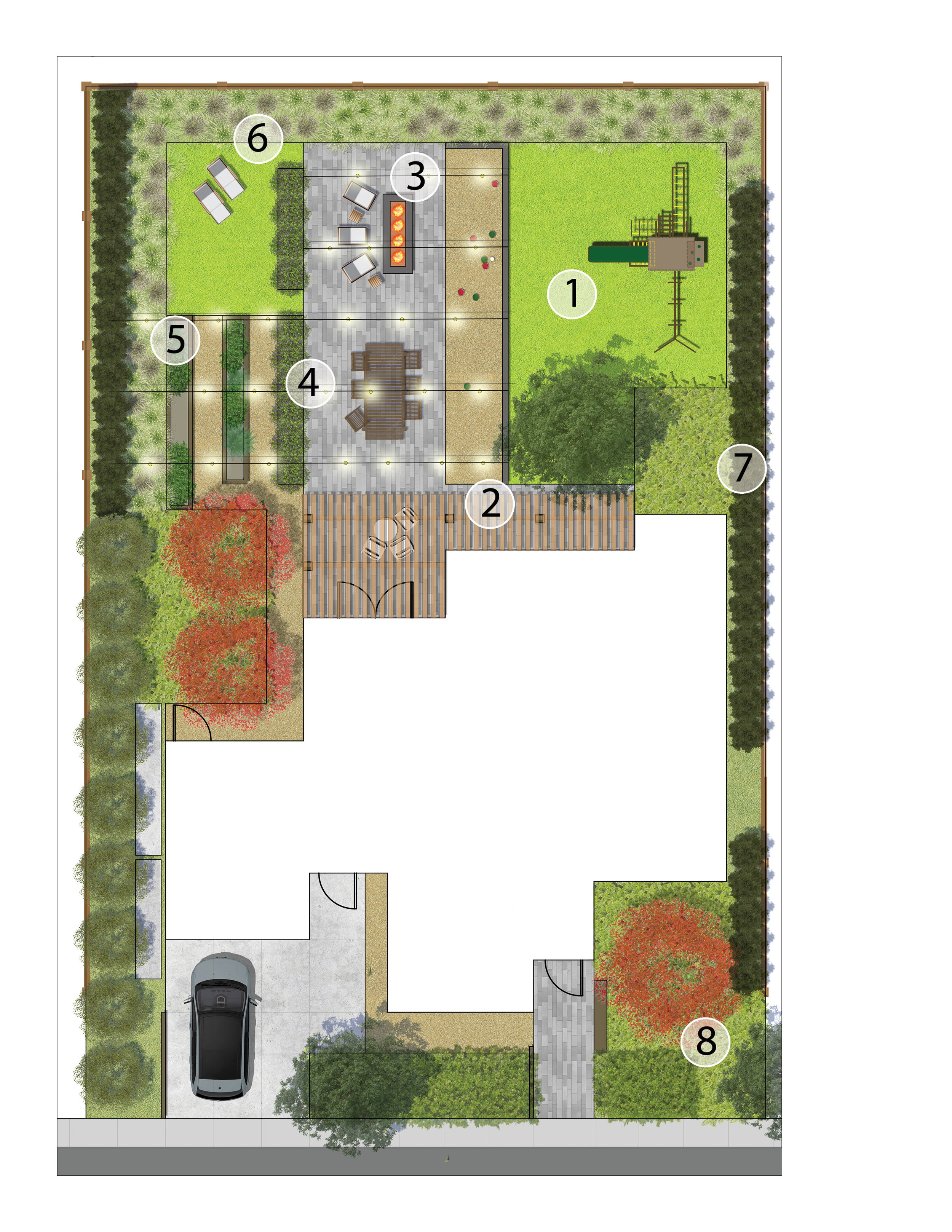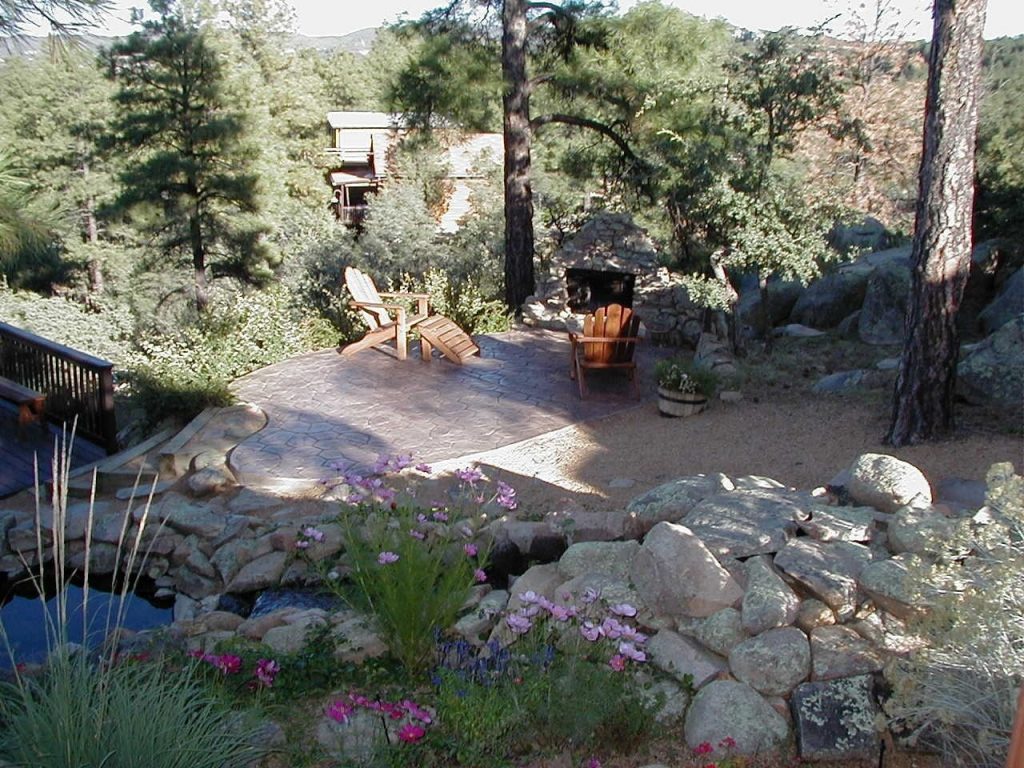The Definitive Guide to Hilton Head Landscapes
Table of ContentsHilton Head Landscapes Fundamentals ExplainedThe Definitive Guide to Hilton Head LandscapesThe Single Strategy To Use For Hilton Head LandscapesHilton Head Landscapes Can Be Fun For EveryoneOur Hilton Head Landscapes IdeasOur Hilton Head Landscapes DiariesGetting The Hilton Head Landscapes To Work
Line produces all types and patterns and can be utilized in a range of ways in the landscape. Line in the landscape is created by the side in between two materials, the summary or silhouette of a form, or a lengthy linear attribute. Lines are an effective tool for the designer since they can be used to create an unlimited range of forms and types, and they control motion of the eye and the body.

Lines can have several attributes, such as those described listed below, however they usually serve various functions. Figure 1. Lines in the landscape - Landscaping bluffton sc. The buildings of lines figure out exactly how people respond to the landscape, both emotionally and literally. Straight lines are structural and strong; they produce an official personality, are normally connected with a balanced layout, and lead the eye straight to a prime focus.
Unknown Facts About Hilton Head Landscapes
Straight lines are usually located in hardscape sides and product. Curved lines create an informal, natural, unwinded character that is connected a lot more with nature and unbalanced equilibrium. Bent lines relocate the eye at a slower pace and add mystery to the space by creating hidden views. Vertical lines relocate the eye up, making a room really feel bigger.
Vertical lines in the landscape include high, slim plant material, such as trees, or tall frameworks, such as an arbor or a bird residence on a post. Horizontal lines move the eye along the ground aircraft and can make a room really feel larger. Low lines are more subdued and develop a feeling of rest or repose.
Rumored Buzz on Hilton Head Landscapes
Lines are also produced by the upright kinds of built attributes and plant material. There are 3 key line types that produce kind in the landscape: bedlines, hardscape lines, and plant lines.
Bedlines attach plant material to the home and hardscape due to the fact that the eye complies with the line, relocating the stare with the landscape. Hardscape lines are created by the edge of the hardscape, which defines the constructed structure. Line can also be produced by lengthy and slim products, such as a fence or wall.
Hilton Head Landscapes Things To Know Before You Get This
Type is found in both hardscape and plants, and it is commonly the leading aesthetic aspect that spatially organizes the landscape and commonly figures out the design of the garden. The type of structures, plant beds, and garden accessories additionally establishes the total kind motif of the yard. Official, geometric types include circles, squares, and polygons.
Plants create kind in the yard with their describes or silhouettes, but form can also be specified by a gap or unfavorable area between plants - Landscapers near me (https://plant-waitress-d90.notion.site/Transform-Your-Outdoors-with-Hilton-Head-Landscapes-174812708a624c49ad532d2e0de1d93f). Circles can be cycles, or they can be divided right into half circles or circle segments and combined with lines to produce arcs and tangents
A Biased View of Hilton Head Landscapes
Circles can likewise be stretched right into ovals and ellipses for even more selection and rate of interest. Circles are a strong design form due to the fact that the eye is always drawn to the facility, which can be made use of to stress a focal point or attach various other kinds. Number 2. Circular types in hardscape and grass panels.
The square kind can likewise be fractional and previously owned repetitively to create a grid pattern. Unlike circles, squares are more powerful on the sides, which can be lined up or overlapped to produce unique patterns and more complex types.
Meandering lines commonly simulate the all-natural program of rivers or streams and can be explained as smooth lines with deeply bent wavinesses. Twisting lines (Number 3) function well for paths, plant bedlines, and completely dry stream beds. Twisting lines can include passion and enigma to a yard by leading viewers around edges to uncover brand-new sights and rooms.
Excitement About Hilton Head Landscapes

Figure 5. Fragmented sides: tipping stones in path. navigate to this website Kind is one of the most enduring top quality of a plant (landscapers hilton head island). https://4vgontca9bh.typeform.com/to/NcH3QMx6. Typical plant types are well established and standard, as type is the most regular and well-known feature of plants. Kind can likewise be created via the massing of plants, where the total mass produces a different type than an individual plant.
An extremely contrasting type needs to be used with careone or 2 job well as a focal point, but a lot of create chaos. All-natural plant kinds, rather than over-trimmed types, should establish the bulk of the composition. The relevance of total kind is essentially depending on the watching perspectivethe type of a tree can show up fairly different to an individual standing under the cover versus viewing the tree from a distance in an open area.
The Greatest Guide To Hilton Head Landscapes
Plant types additionally develop and specify deep space or open spaces in between the plants, producing either convex or scooped forms in deep spaces. High-arching tree branches typically develop a concave open room under the branches, and a rounded canopy with low branches fills the space to create a convex form outdoors room under the tree.
